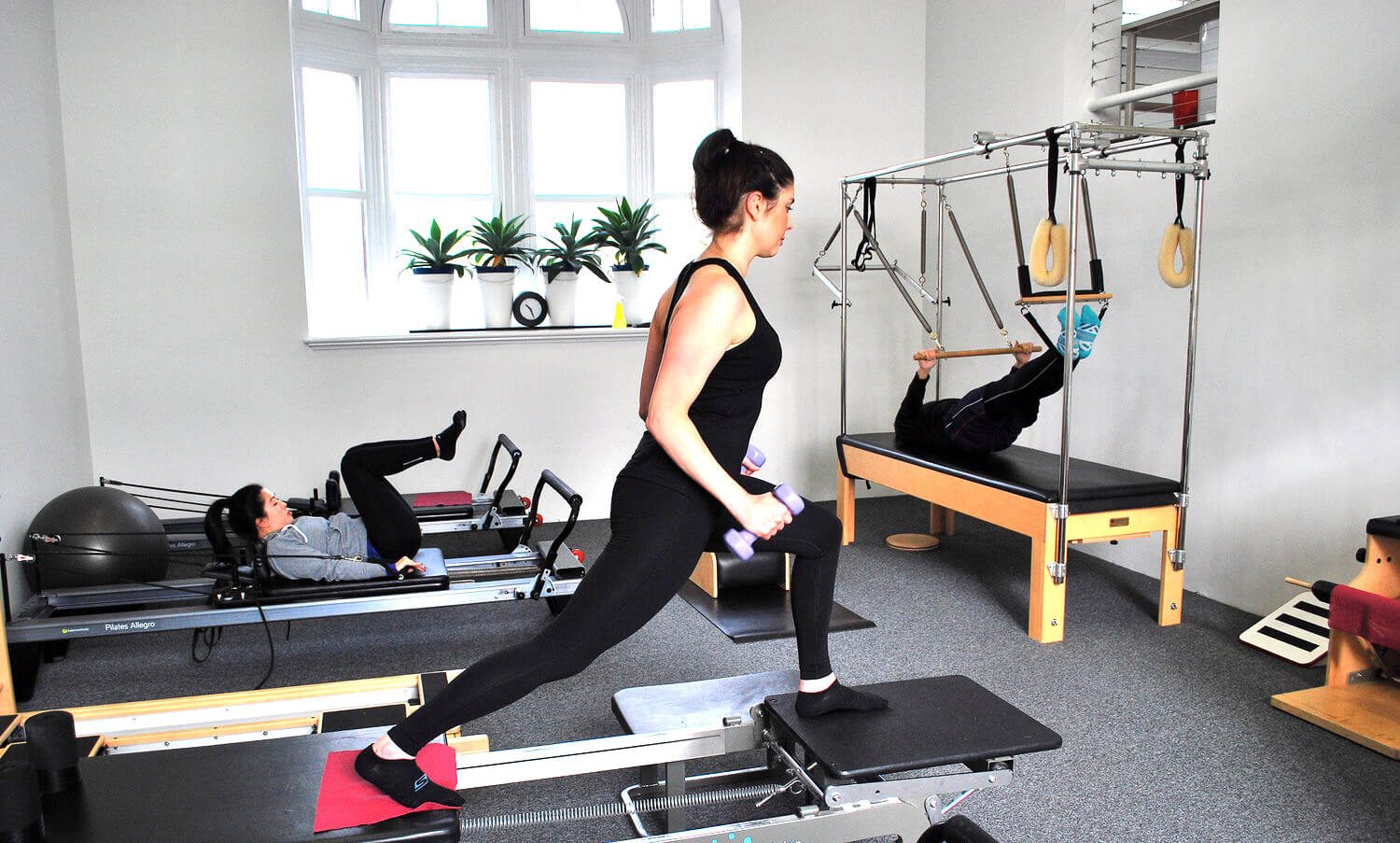A wise mentor of mine once told me, ‘Pilates is the only recreational activity which has the sole purpose of being good for you. Think about it, tennis is for hitting a ball over a net, yoga has it’s basis in spirituality, and even walking is to get from one place to another’.
She’s completely right.
And the more I think about it I realise that Pilates suits every body, but, not everybody suits Pilates, and that’s ok.
Sometimes it just comes down to choosing the right type of class, or even the right instructor.
So I’ve written a 2 part blog discussing everything Pilates to help you decide what will work best for you.
There are so many types of Pilates classes!
There really is a class type to suit every individual need for clients.
From the client who had a stroke and requires 1 on 1 instruction for safety, to the bloke who just wants to get moving after spending all day sitting at a desk.
Essentially there are 3 main types of classes.
1. Mat classes
Large group classes such as those offered in gyms are best suited to those without injuries.
Often there are up to 40 people being led by a single instructor at the front of the class, with limited opportunity for individual corrections, or alternative exercises to be given for injured clients.
There tends to be a focus on vanity exercises for abs and butts, rather than a whole body workout.
Sometimes Pilates exercises are combined with yoga and tai chi exercises for a fusion class.
These classes are usually very cheap ($10-$20), or part of a membership, and the instructors tend to have only been trained in mat work.
Small mat classes offered by studios, individuals, and wellness clinics generally run in terms for beginners classes, as it makes sense that you’ll get better results from committing to a block of classes.
The class size is generally between 10-15 people and allows for individual corrections to be made, and the repertoire to be progressively made more difficult as time goes on.
Many of these venues will then offer drop in classes for once you’ve completed your introductory course.
*Make sure your special programming class, e.g. pregnancy Pilates, is taught by someone with appropriate training.
2. Group classes
Generally this involves between 10 and 20 clients in a group setting using the Pilates reformer, or allegro, which is a specially designed compact reformer for the purpose of running group fitness classes.
Other group classes can be with the springboard, tower, or Wunda chair.
These are a little more expensive ($20-40), but you should expect a small amount of individual correction.
Again, these classes are best suited to people who do not have injuries, and are seeking to do Pilates for fitness reasons, rather than rehabilitation.
Instructors can be comprehensively trained (more on this later), or have certification in individual pieces of apparatus (most commonly mat and reformer).
3. Studio classes
The crème de la crème of Pilates!
Expect individual attention, and lots of it!
There are options for private (1:1) classes, duos (2:1), or small group (3 or 4 clients to 1 instructor).
These are equipment classes using the 3 main Pilates machines (reformer, Cadillac/trapeze table, and Wunda chair), some studios will also have spine correctors, and ladder barrels, and may have multiple pieces of each apparatus.
Small apparatus that often feature in mat classes are also incorporated into studio classes.
These include rollers, balls, over balls, magic circles, balance discs, bands, and weights.
Your studio instructor should have comprehensive training, or be an apprentice instructor who is currently in the process of gaining their certification.
Studio class prices can vary greatly between venues, but generally range from $40-$60 for classes of 3 or 4, and $80-120 per hour for private and duo instruction.
These prices are similar to what you would expect to pay for personal training, or massage therapy and reflect the experience and training of the practitioner, and the individual nature of the consultation.
In my opinion, I would suggest that anyone looking to start Pilates who has pain, or an injury, would be best off taking studio classes.
These are also great if you already do a sport and want to work on goals, or preventing re-injury of an old condition.
If you are injury free, a beginner class, either on the mat, or group equipment, would suffice.
If you’re a complete beginner to exercise, or like me, your co-ordination leaves a little to be desired start with smaller groups, specific beginners classes, or the studio, so that you can receive enough individual attention to decrease the likelihood of injuring yourself.
Part 2 explains the type of training that Pilates instructors can undertake, and how it influences your practice of the Pilates method. You can read part 2 here.

